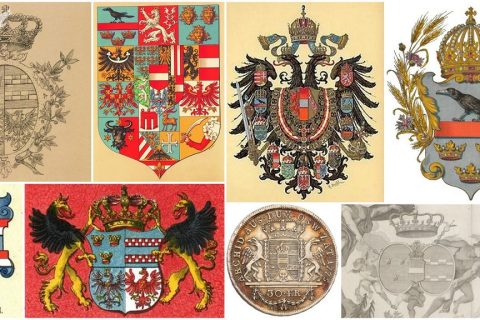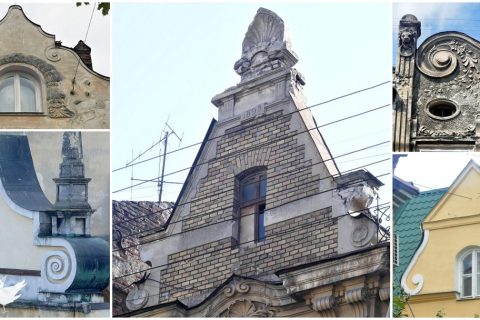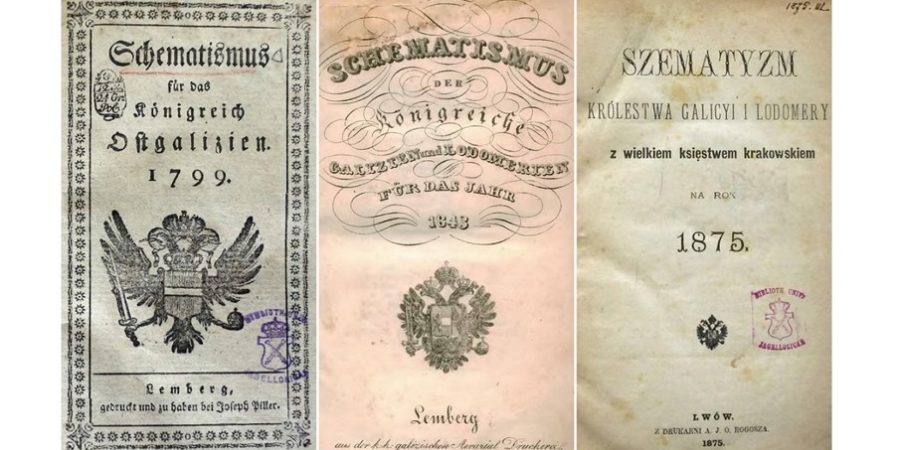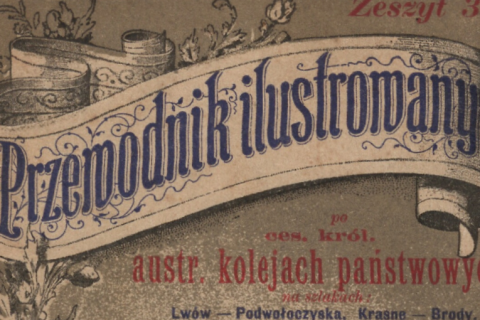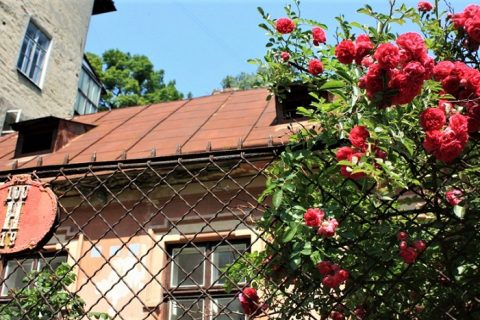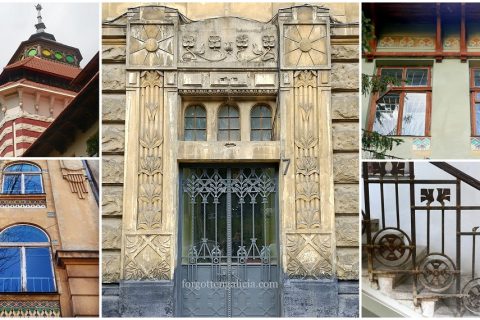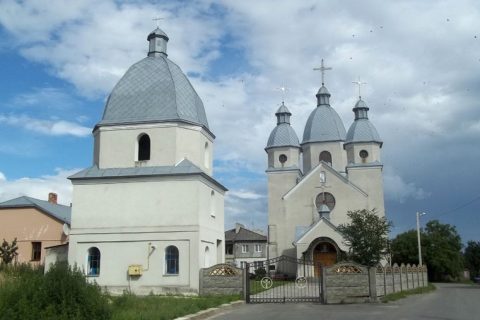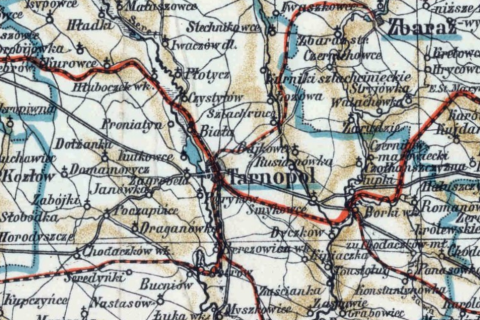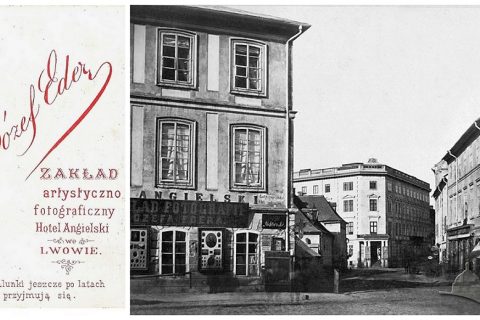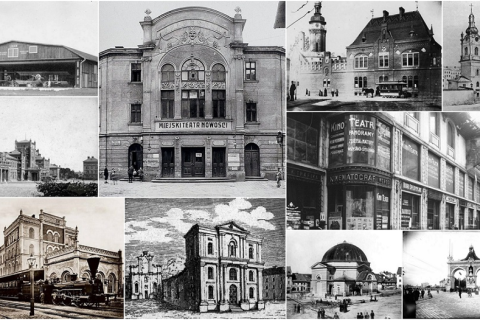The Galician Schematism: A Staff Yearbook
By Iwona Dakiniewicz It’s a stroke of luck for those researching Galician ancestors, the next potential source of genealogical information — and, to the delight of those interested, it can be browsed online. The Schematyzm Galicyjski [Galician Schematism] — a staff yearbook with personnel details of authorities, offices, societies, and institutions — was […]
Read More





